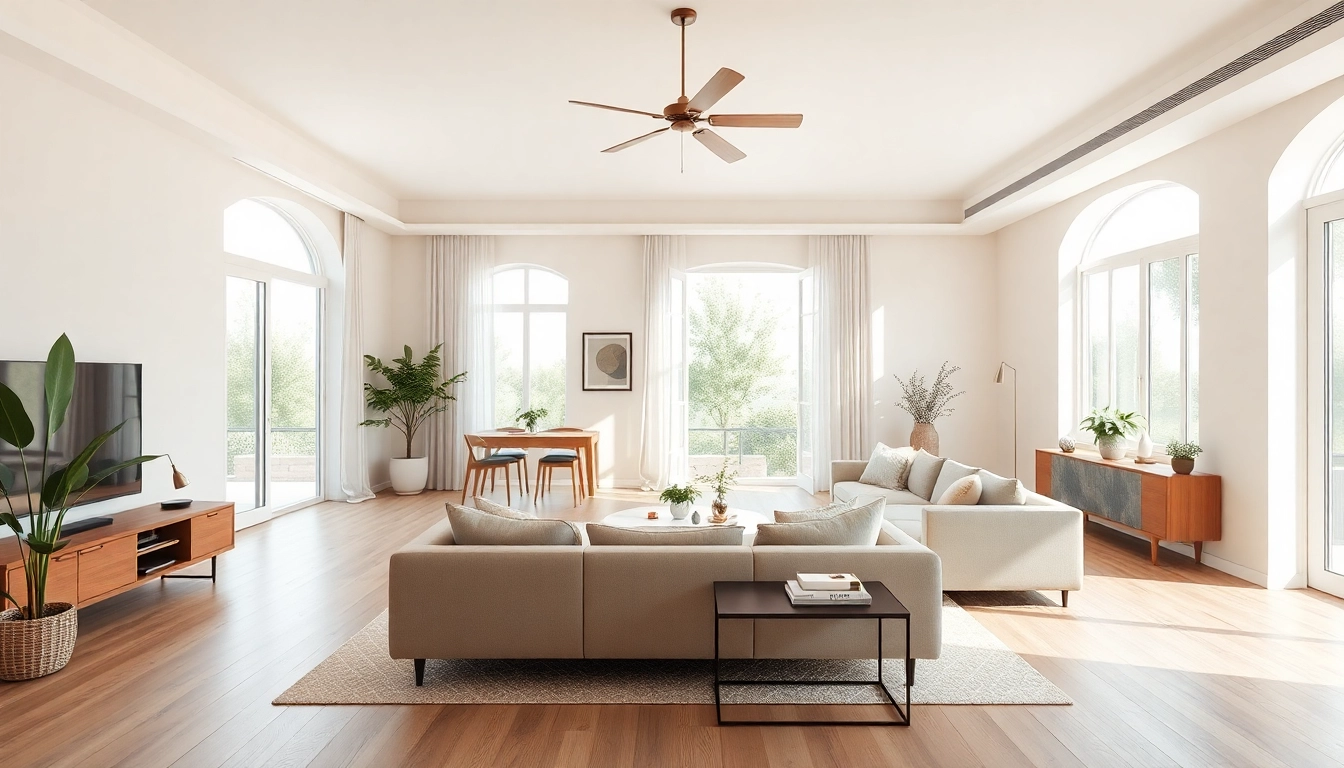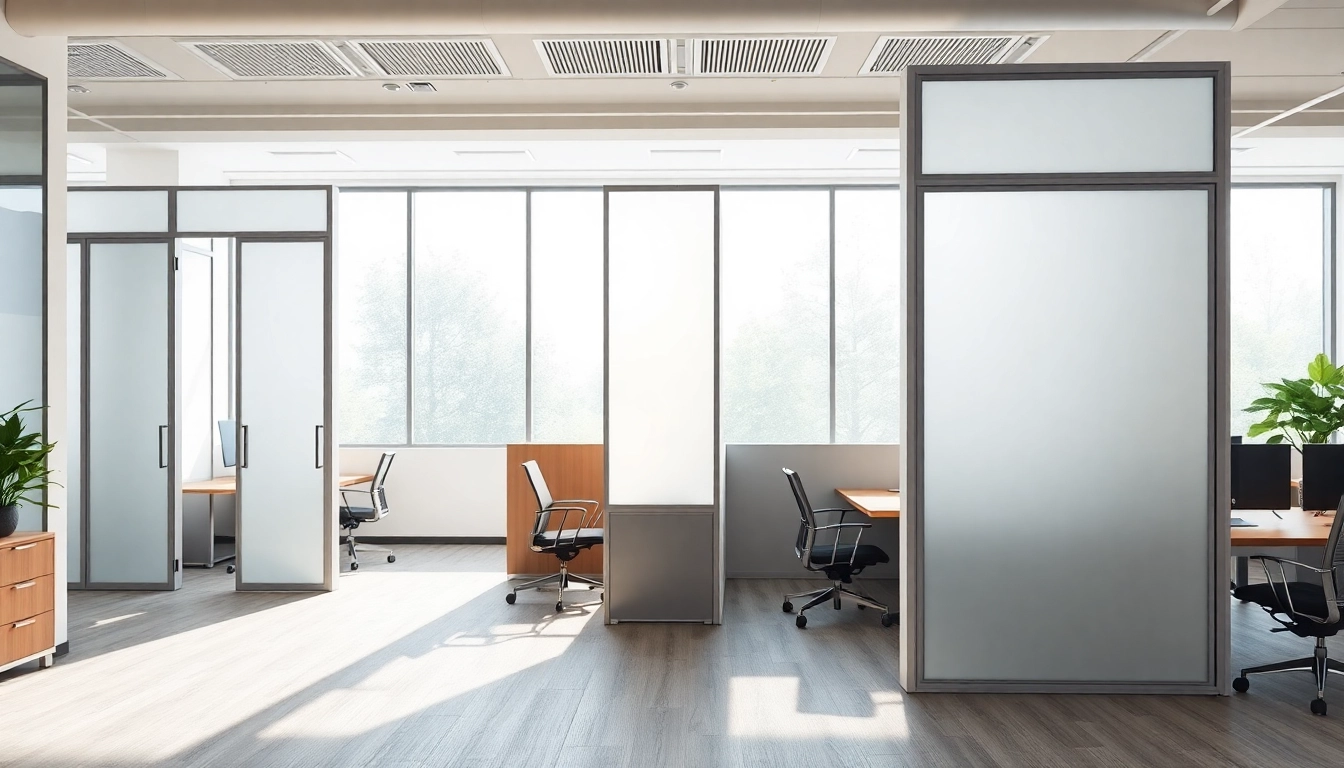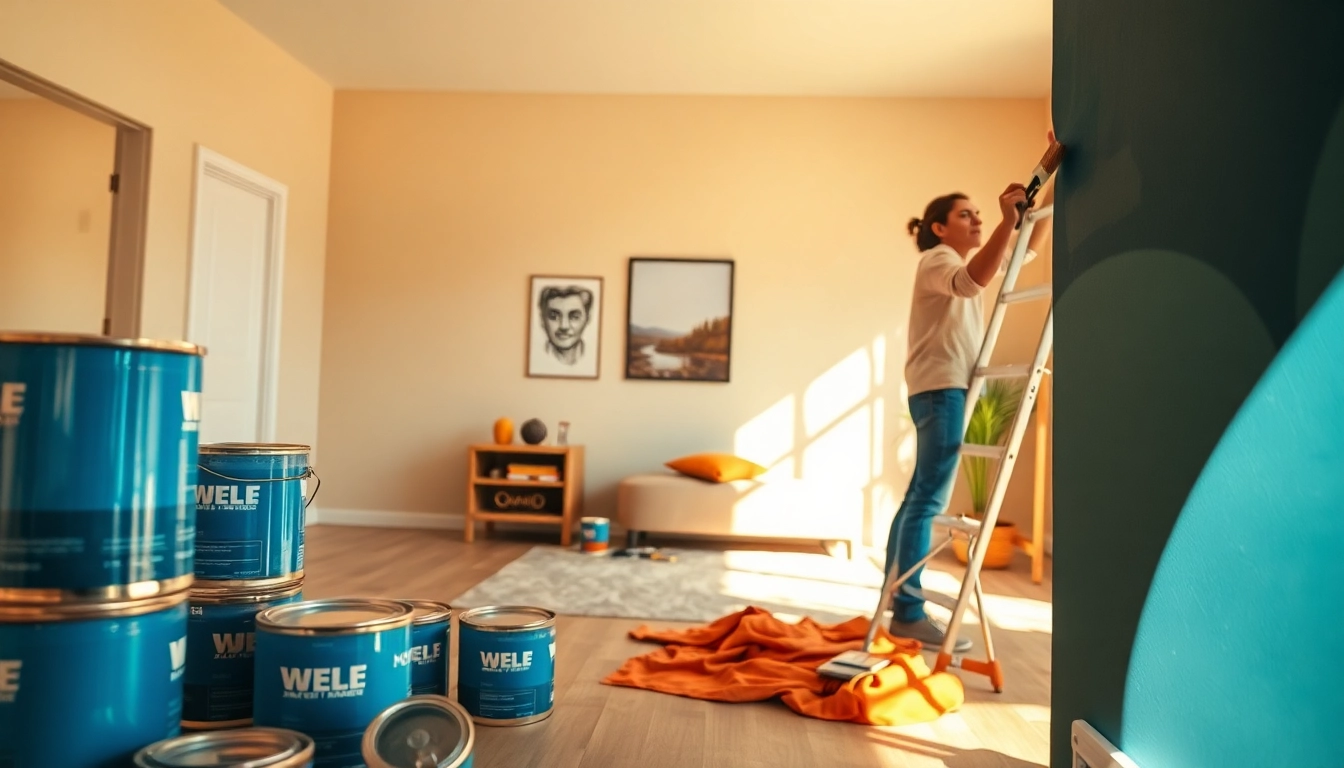Maximizing Beauty and Functionality in Your Entire Interior Design
The Importance of a Cohesive Entire Interior Design
Creating a harmonious atmosphere in your home is crucial for both aesthetic appeal and psychological well-being. The concept of designing an entire interior encompasses not just the visual elements but also the spatial dynamics and functionality of the home. As homeowners embark on the journey to design their interiors, understanding the principles of cohesion becomes increasingly essential.
Understanding Interior Design Principles
Interior design is more than merely arranging furniture and selecting colors. It reflects the personality and style of the inhabitants while fulfilling practical needs. Key principles of interior design include balance, harmony, scale and proportion, rhythm, and emphasis. Each of these elements contributes to creating a visually and functionally appealing space.
Balance refers to the distribution of visual weight in a room. Achieving balance can be done through symmetrical arrangements or asymmetrical designs that provide a sense of equilibrium. Harmony creates a seamless flow of design elements that enhances the overall aesthetic, while scale and proportion ensure that furniture and features fit well within the designated space, making the room feel comfortable and inviting.
Creating Flow with Colors and Textures
Color and texture play pivotal roles in establishing a cohesive interior. Colors evoke emotions and can significantly influence the mood of a space. Selecting a palette that speaks to the homeowner’s personality while ensuring consistency throughout different rooms is crucial. Textures, whether soft, rough, shiny, or matte, add depth and interest to a space. Combining various textures can enhance visual intrigue and layer the design effectively.
Benefits of a Unified Design Scheme
A unified design scheme provides numerous benefits. It simplifies decision-making, reduces the time spent in selecting individual pieces, and ensures that all elements work together seamlessly. Moreover, a cohesive interior fosters a sense of peace and comfort, as each room resonates with a shared aesthetic. This collective identity enhances the overall experience of living within the space.
Choosing the Right Color Palette for Your Entire Interior
The choice of color is one of the most impactful decisions in interior design. It can transform a space visually and emotionally, making it essential for homeowners to take time in selecting the right palette.
Popular Color Trends for Homes in 2024
As we look into 2024, several color trends are gaining momentum in interior design. Soft pastels, earth tones, and vibrant jewel colors are making waves this year. Colors such as soft sage green and warm terracotta not only bring nature indoors but also create a calming atmosphere. Jewel tones like deep blues and emerald greens add an air of luxury and depth to the design.
How to Select a Color Scheme that Speaks to You
Selecting a color scheme involves understanding personal style, the purpose of each room, and the amount of natural light available. Homeowners should consider their lifestyle preferences—do they prefer a serene space conducive to relaxation, or dynamic colors that spark creativity and energy? It’s beneficial to create mood boards or utilize color visualization tools to see how different hues interact in a space.
Incorporating Accent Colors Effectively
Accent colors are the finishing touches that can elevate an entire interior. These bold pops of color draw attention to architectural features or key design elements. Accessories such as cushions, artwork, and decorative items can be utilized as accent pieces. When incorporating accent colors, it’s essential to limit the palette to avoid overwhelming the space. A general rule is to use one or two accent colors that resonate with the primary color scheme.
Furniture and Layout Considerations for an Entire Interior
Choosing the right furniture and planning its layout significantly influences how a space is perceived and utilized. It’s important to prioritize functionality while maintaining stylistic elements that match the entire interior.
Maximizing Space with Smart Layout Strategies
Effective layout strategies consider the flow of movement within the space. For smaller areas, opting for multi-functional furniture pieces, such as ottomans with storage, can maximize utility without sacrificing style. Additionally, arranging furniture to promote conversation, such as placing chairs facing each other rather than against walls, encourages interaction and makes the space feel inviting.
Choosing Functional and Stylish Furniture Pieces
When selecting furniture, it’s crucial to strike a balance between comfort and design. Look for pieces that fit the size of the room and are proportionate to the scale of other items. Customizable furniture options allow for personalized adjustments, ensuring that each piece harmonizes with the overall aesthetic. Avoid overcrowding spaces with excessive furniture; instead, aim for spaciousness, which contributes to a relaxed atmosphere.
Arranging Furniture to Enhance Flow and Comfort
The arrangement of furniture should promote ease of movement without hindering daily activities. Common layouts include U-shape and L-shape designs, facilitating smooth transitions between different areas of the home. Consideration should also be given to the focal point of each room, whether it be a fireplace, a piece of art, or a magnificent view. Properly orienting seating and essential elements toward these focal points enhances the overall experience of the space.
Lighting Solutions to Elevate Your Entire Interior
The right lighting has the potential to transform an ordinary room into something extraordinary. Through a combination of natural and artificial sources, homeowners can create layers of light that enhance ambiance and functionality throughout the entire interior.
The Role of Natural Light in Your Design
Natural light is often the most desirable form of illumination in a home. It brings warmth and vibrancy, helping to define spaces while promoting well-being. Maximizing the potential for natural light involves strategic placement of mirrors and reflective surfaces, as well as selecting window treatments that allow light to enter while providing necessary privacy. Thoughtfully designed openings—such as skylights—can also broaden the presence of sunlight in dark areas.
Best Practices for Layered Lighting Solutions
Layering lighting involves combining ambient, task, and accent lighting to achieve a well-rounded approach. Ambient lighting serves as the main source of illumination, while task lighting facilitates specific activities like reading or cooking. Accent lighting draws attention to architectural features or artwork, creating visual interest. Dimmers can also be installed to adjust the atmosphere as needed, particularly for gatherings or quiet evenings at home.
Choosing Lighting Fixtures that Compliment Your Style
The selection of lighting fixtures should complement the overall design style of the home. Contemporary spaces benefit from sleek and minimalist designs, while traditional homes can feature more ornate fixtures. Pendant lights and chandeliers can serve as focal points, while wall sconces and table lamps enhance the comfort level in various areas. When selecting fixtures, it’s vital to consider the scale and function to ensure they enhance the intended mood.
Tips for Decorating and Accessorizing Your Entire Interior
Decorating and accessorizing your interior is where personal style truly shines. Thoughtful decoration brings life and individuality to spaces, fostering an inviting and expressive atmosphere.
Incorporating Art and Personal Touches
Art is an integral aspect of personal expression in home decor. When selecting artwork, consider the colors, themes, and emotions that resonate with the family. Gallery walls featuring a mix of framed art, photographs, and memorabilia can tell a story and personalize a space. Incorporating family heirlooms or travel souvenirs also adds layers of history and sentiment to the decor.
Utilizing Textiles for Warmth and Style
Textiles—such as rugs, drapes, and cushions—play a significant role in maintaining warmth and style within an interior. Rugs can demarcate areas and provide comfort underfoot, while stylish drapes control light and contribute to the overall color theme of a room. Additionally, layers of cushions and throws can make seating areas inviting and cozy, encouraging relaxation and enjoyment.
Seasonal Decor Changes to Refresh Your Space
Changing decor seasonally can keep a home feeling fresh and vibrant throughout the year. This can be achieved by swapping out textiles, changing wall art, or incorporating seasonal plants. Simple changes, such as using warmer tones and festive items in fall and winter, or refreshing colors and floral arrangements in spring and summer, help to transition the space and add excitement to the environment.














Post Comment